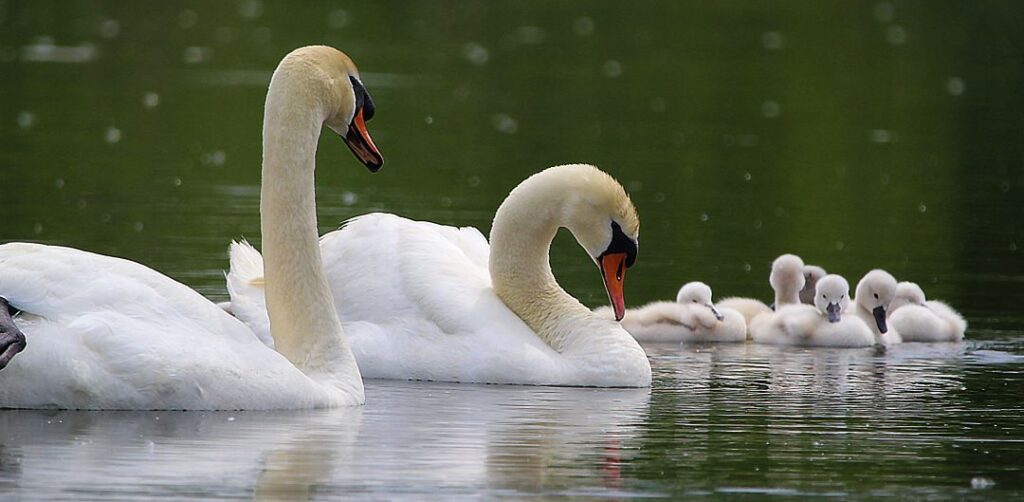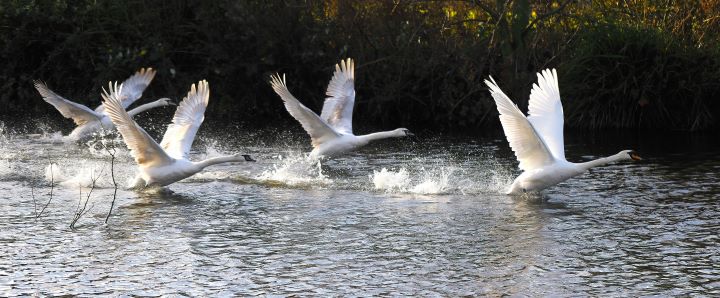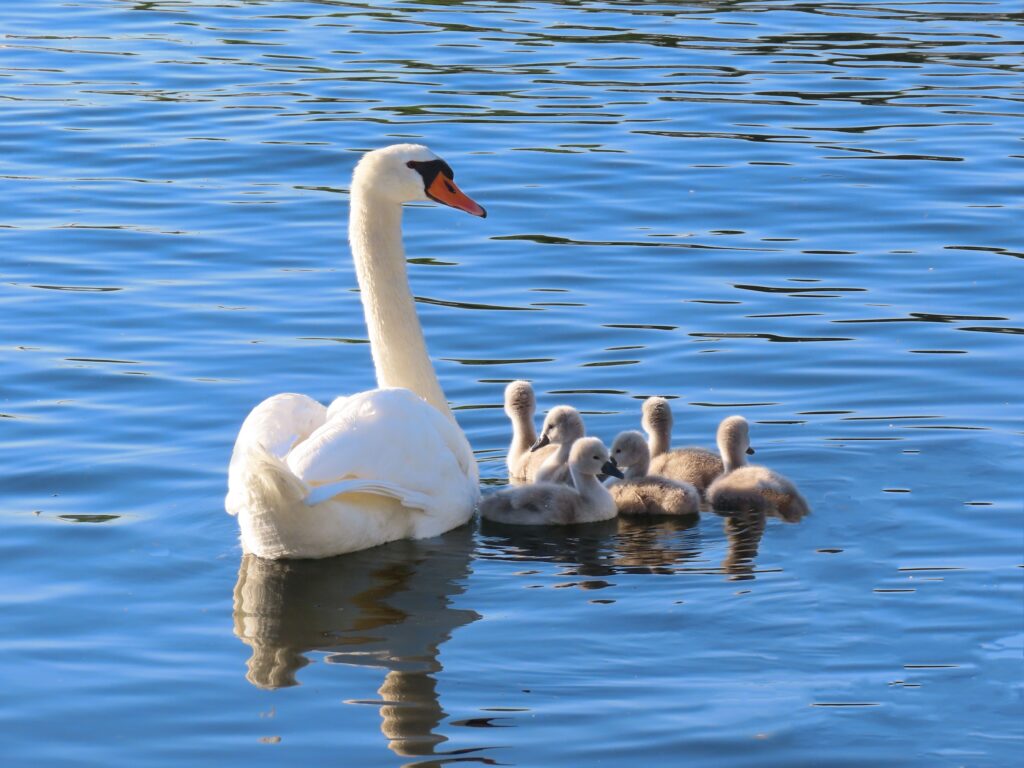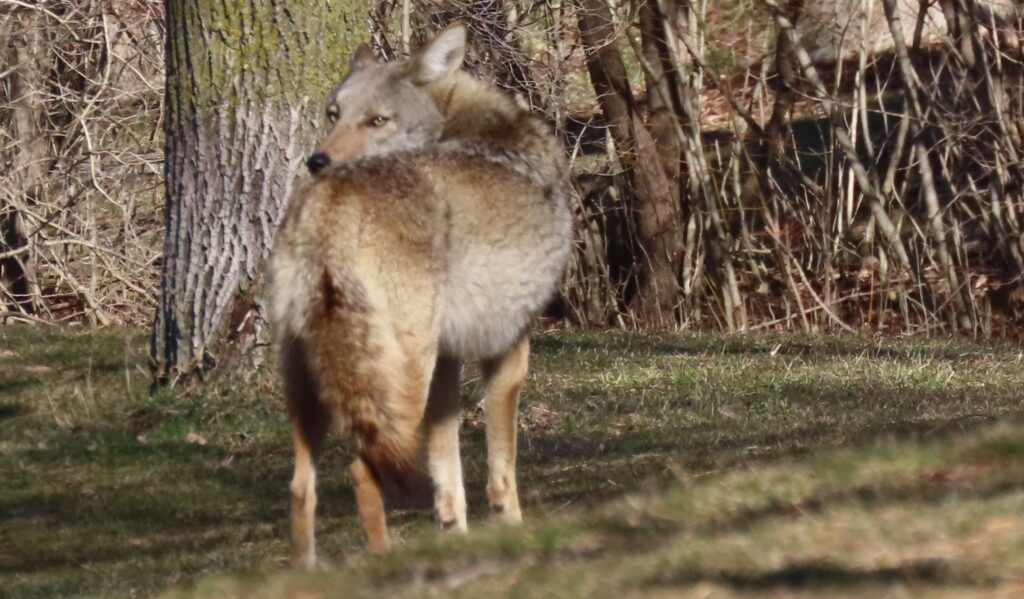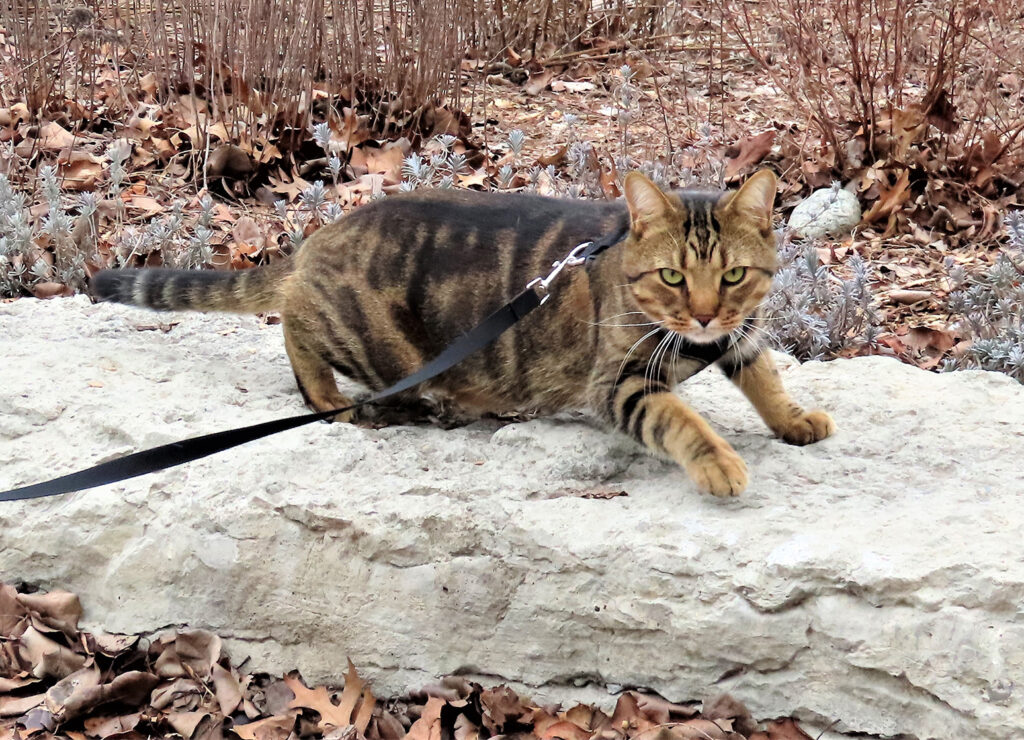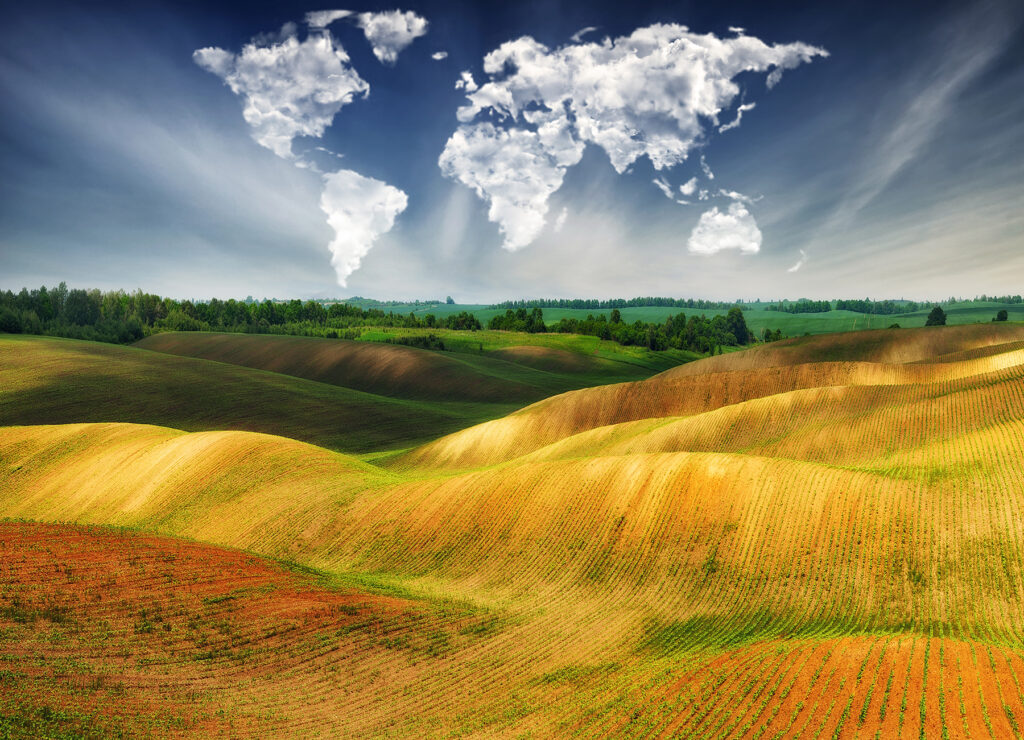Have you ever wondered where Mute Swans go in the winter or if they stay, how they survive? Swans do not migrate as far south as the southern US and bonded pairs will try to stay in their territory to defend for the nesting season. But they will migrate as ...
Birds Canada and Environment and Climate Change Canada recently released a major new report entitled The State of Canada’s Birds. This blog presents the highlights with respect to Canada’s three swan species. ...
Adult Mute Swans all have white feathers and orange beaks – but did you know their feet give clues as to what they looked like as cygnets (young swans)? ...
Mute Swans are very loyal. They mate for life and are dedicated co-parents who raise their young together. ...
Fall is the season that cygnets (young swans) learn to fly. With their feathers fully grown, they prepare by stretching their wings and flapping to build up the muscles they need to get airborne. The parents then give them flight lessons. ...
This Canada Day let’s celebrate our native species and also reconsider our beliefs about “non-native” flora and fauna. Let’s embrace the wonders and complexities of species’ presence in our ecosystems. Let’s accept that, just like we immigrants, some non-native species have a rightful place here. ...
Spring is in full swing and animal parents will be especially protective of their territories and offspring. Here are five tips for interacting with Mute Swans and other wildlife this season. ...
One of the joys of walking along the waterfront is seeing dogs who are also out for a walk. Of course, there are all kinds and sizes, each with their own personalities, and increasingly in adorable outfits that bring a smile to walkers’ face. ...
Those of us with companion animals may love the wildlife we see outdoors but there’s a special place in our hearts for our dogs and cats. ...
That native species are good and non-native species are bad has become an entrenched belief system and a way species are routinely classified. ...
